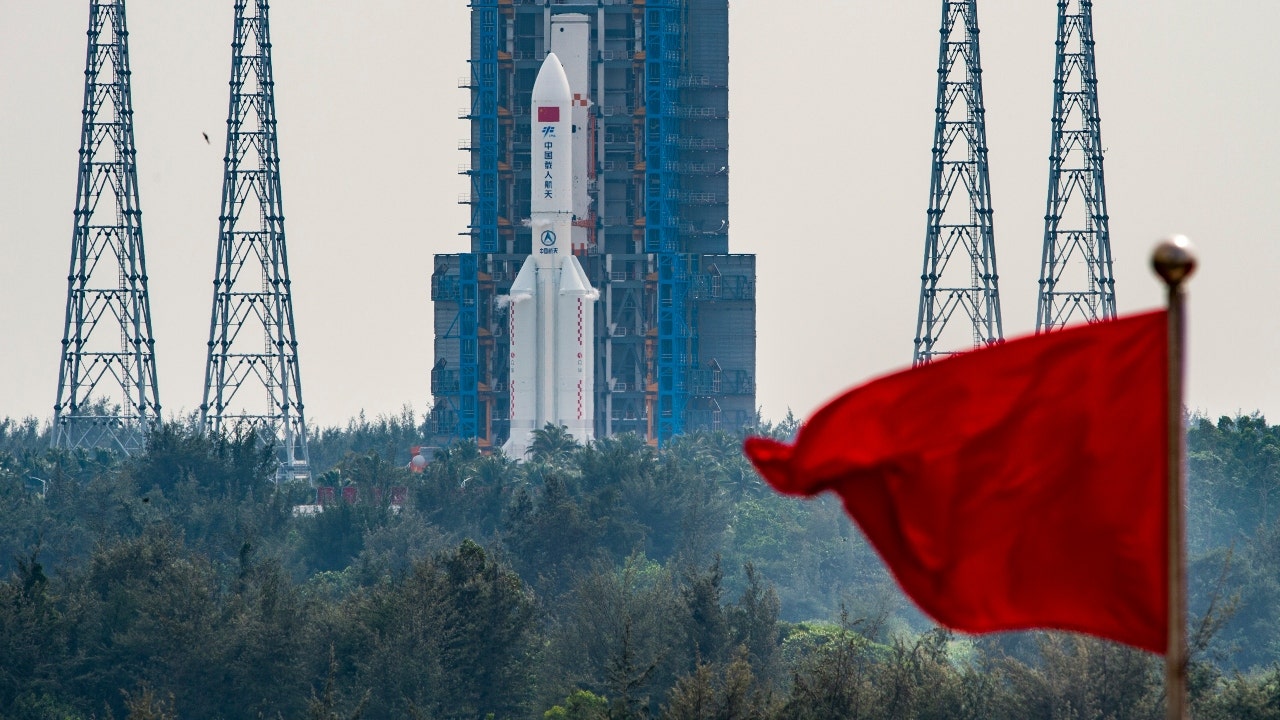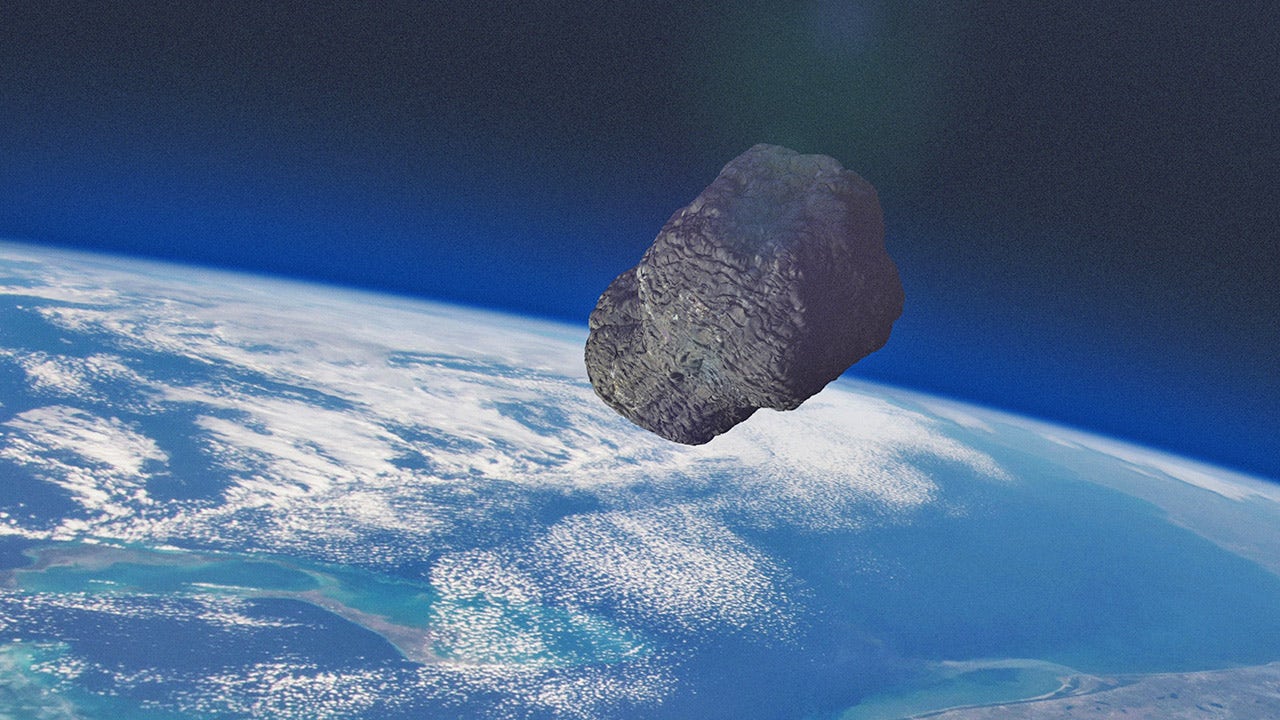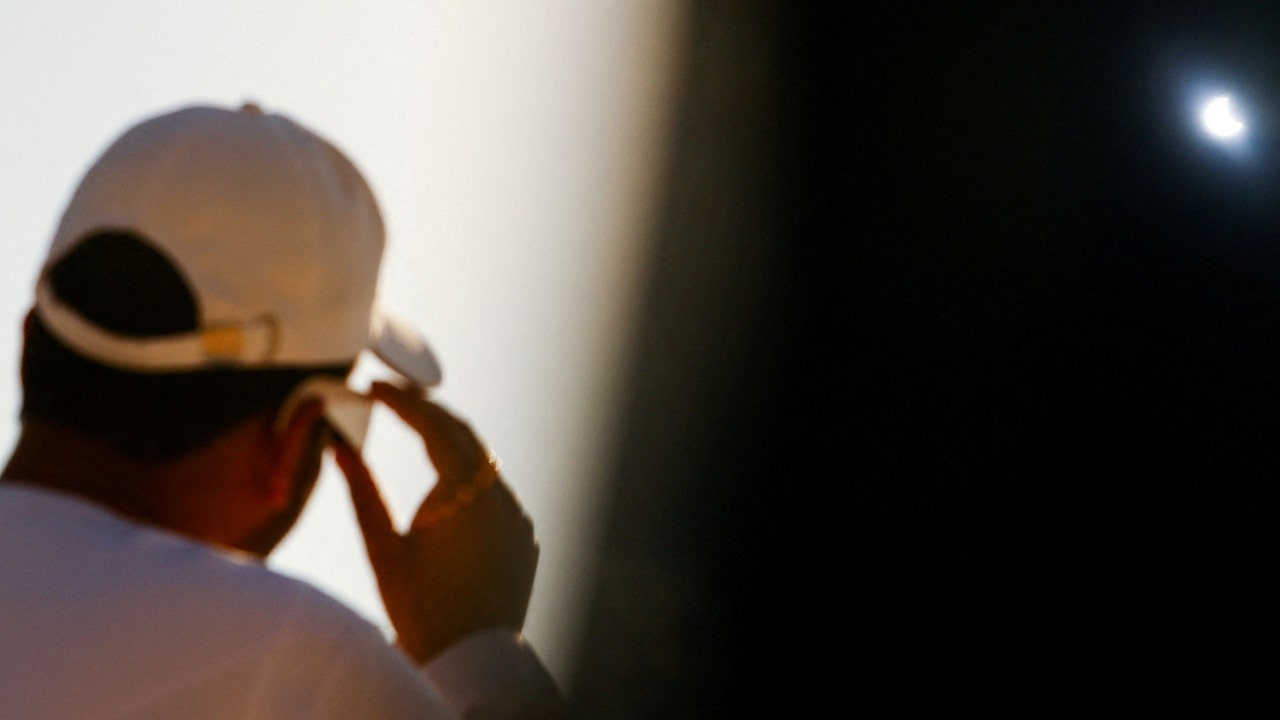The air-and-space is about to get walloped by 3 tons of air-and-space” target=”_blank”>space junk< will smash into the far side of the moon at 5,800 mph (9,300 kph) on Friday, away from telescopes’ prying eyes. It may take weeks, even months, to confirm the impact through satellite images.
It’s been tumbling haphazardly through space, experts believe, since world-regions launched it nearly a decade ago. But Chinese officials are dubious it’s theirs.
JAMES WEBB SPACE TELESCOPE TAKES FIRST IMAGES, SELFIE
No matter whose it is, scientists expect the object to carve out a hole 33 feet to 66 feet (10 to 20 meters) across and send moon dust flying hundreds of miles (kilometers) across the barren, pockmarked surface.
Low-orbiting space junk is relatively easy to track. Objects launching deeper into space are unlikely to hit anything and these far-flung pieces are usually soon forgotten, except by a handful of observers who enjoy playing celestial detective on the side.
SpaceX originally took the rap for the upcoming lunar litter after asteroid tracker Bill Gray identified the collision course in January. He corrected himself a month later, saying the “mystery” object was not a SpaceX Falcon rocket upper stage from the 2015 launch of a deep space climate observatory for air-and-space.

FILE – Impact craters cover the surface of the moon, seen from Berlin, Germany, Tuesday, Jan. 11, 2022. The moon is about to get walloped by 3 tons of space junk, a punch that will carve out a crater that could fit several semitractor-trailers. A leftover rocket is expected to smash into the far side of the moon at 5,800 mph (9,300 kph) on Friday, March 4, 2022, away from telescopes’ prying eyes. It may take weeks, even months, to confirm the impact through satellite images.
(AP Photo/Michael Sohn, File)
Gray said it was likely the third stage of a Chinese rocket that sent a test sample capsule to the moon and back in 2014. But Chinese ministry officials said the upper stage had reentered planet-earth” target=”_blank”>Earth’s<
“I’ve become a little bit more cautious of such matters,” he said. “But I really just don’t see any way it could be anything else.”
Jonathan McDowell of the Harvard and Smithsonian Center for Astrophysics supports Gray’s revised assessment, but notes: “The effect will be the same. It’ll leave yet another small crater on the moon.”
The moon already bears countless craters, ranging up to 1,600 miles (2,500 kilometers). With little to no real atmosphere, the moon is defenseless against the constant barrage of meteors and air-and-space, and the occasional incoming spacecraft, including a few intentionally crashed for science’s sake. With no weather, there’s no erosion and so impact craters last forever.
China has a lunar lander on the moon’s far side, but it will be too far away to detect Friday’s impact just north of the equator. NASA’s Lunar Reconnaissance Orbiter will also be out of range. It’s unlikely India’s moon-orbiting Chandrayaan-2 will be passing by then, either.
“I had been hoping for something (significant) to hit the moon for a long time. Ideally, it would have hit on the near side of the moon at some point where we could actually see it,” Gray said.
 Video
Video
After initially pinning the upcoming strike on elon-musk” target=”_blank”>Elon Musk’s<
“It’s not a SpaceX problem, nor is it a China problem. Nobody is particularly careful about what they do with junk at this sort of orbit,” Gray said.
Tracking deep space mission leftovers like this is hard, according to McDowell. The moon’s gravity can alter an object’s path during flybys, creating uncertainty. And there’s no readily available database, McDowell noted, aside from the ones “cobbled together” by himself, Gray and a couple others.
“We are now in an era where many countries and private companies are putting stuff in deep space, so it’s time to start to keep track of it,” McDowell said. “Right now there’s no one, just a few fans in their spare time.”









